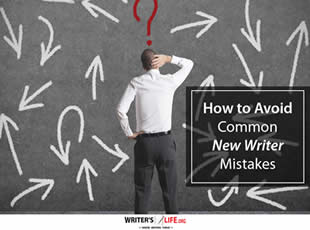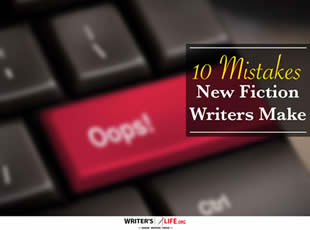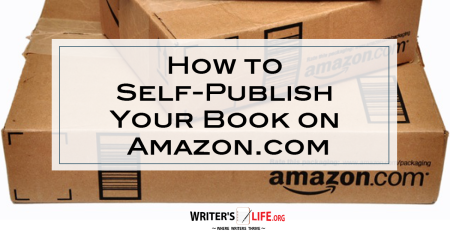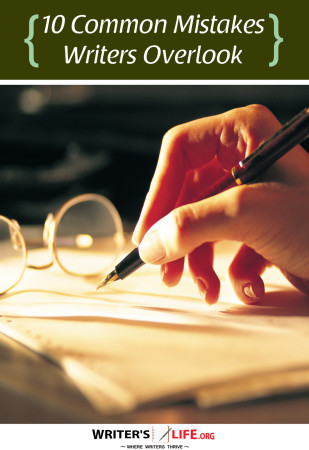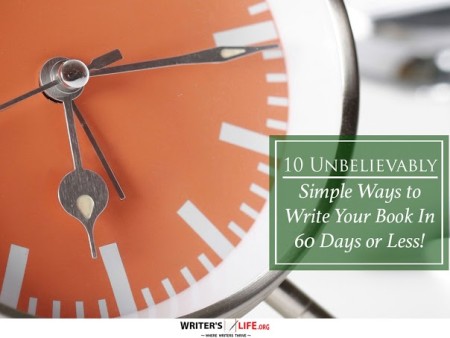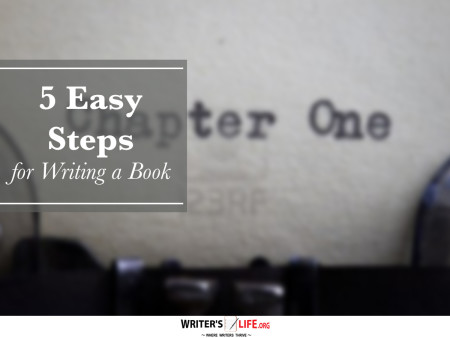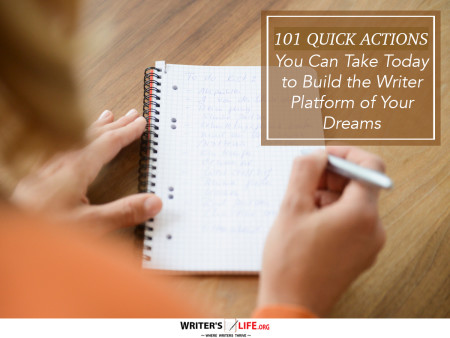- How To Tackle Jealousy In Creative Writing
- Common Submission Mistakes
- How To Stop Your Blog Becoming Boring
- The One Thing Every Successful Writer Has In Common
- How To Make Yourself Aware Of Publishing Scams
- Why Almost ALL Writers Make These Grammar Mistakes At Some Point
- 5 Tips For Authors On How To Deal With Rejection
- Top Mistakes to Avoid When Writing a Novel
- How to Avoid Common New Writer Mistakes
- 10 Mistakes New Fiction Writers Make
How to Write Book Funnel Copy That Converts Cold Readers

Book funnel copy is more than just words on a page—it's a strategic tool to turn casual browsers into committed readers. But how can you craft funnel copy that resonates with individuals unfamiliar with your work?
Understanding the Art of Crafting Book Funnel Copy
When you're diving into crafting book funnel copy, it's crucial to understand that you're not just selling a book; you're engaging a potential fan. Cold readers, those who stumble upon your work with no prior familiarity, need to be captivated within seconds. You might wonder, 'How can I make my book stand out?' The answer lies in funnel copywriting strategies that bridge the gap between curiosity and conversion.
Effective book funnel copy taps into the reader's emotions and curiosity. Think about it—how often does an intriguing line or a compelling story hook pique your interest while browsing? In the same way, your funnel copy should promise something unique and valuable to the reader. It's about creating a narrative that feels irresistible, like a siren call they can't ignore.
Effective Book Funnel Copy Strategies to Engage Cold Readers
One of the best funnel copywriting strategies is to know your audience inside out. Understanding their desires, pain points, and what they look for in a book allows you to tailor your message more precisely. You’re not just advertising; you’re engaging in a conversation with your potential reader.
Consider starting with an intriguing question or a thought-provoking statement—something that makes readers pause and think, 'I need to know more.' For example, if your book addresses real-world issues or offers a thrilling escapade, highlight this in the opening lines. As the reader progresses through your book funnel content, they should find themselves drawn further in, urged by a sense of curiosity and need for resolution.
According to Wikipedia, narratives have been a central part of human communication and persuasion throughout history. Channel this time-tested approach into your funnel copy to enhance engagement.
Keys to Writing Winning Book Sales Funnel Copy
To create winning book sales copy that resonates, focus on authenticity and connection. Readers can spot insincerity from a mile away. Instead of bombarding them with sales facts, show them how your book can fit into their lives seamlessly. Consider using testimonials or social proof to legitimize the appeal of your work.
Here's a quick checklist to hone your funnel copy for authors:
- Start with a compelling hook to grab attention.
- Use emotionally engaging language that speaks directly to the reader's aspirations.
- Place testimonials or reviews strategically to build trust.
- Craft a strong call-to-action that nudges the reader toward purchase.
- Ensure your content flows logically, carrying the reader from curiosity to conversion.
Remember, the goal is not just to sell a book but to start a relationship with a new reader. Every word you write should contribute to building this connection.
How to Improve Book Funnel Copy for Better Conversion
If you're finding it challenging to improve book funnel copy, don’t worry—there's always room for refinement. Start by revisiting each element of your sales copy, asking yourself, 'Does this engage the reader?' and 'Am I addressing their motivations?' It can be helpful to get feedback from peers or beta readers to see what resonates and what doesn’t.
Improving book funnel copy involves rigorous testing and tweaking. Don't hesitate to A/B test different versions of your funnel content to see what works best. Personalization can also be a game-changer. As you gather more data about your audience, tailor your messages to fit their profile better.
Looking to expand your post-launch strategies? Want to promote your book after it’s published? Check out our Book Marketing Articles.
Successful Funnel Copy Techniques That Authors Can Use
Authors celebrate certain successful funnel copy techniques that reliably convert readers. Storytelling, as mentioned earlier, is not only about narrative plot but weaving the journey into how you present your book. For example, if you're writing a historical fiction novel, using terms and language that echo that time period throughout your copy can create a complete experience for the reader.
Furthermore, urgency and scarcity can boost conversion. Highlight limited-time offers, bonuses, or exclusive content that compel immediate action. However, ensure that these claims remain truthful and accurate to maintain trust and credibility among your audience.
If written correctly, book funnel copy not only boosts sales but also fosters a community of loyal readers eager for your next release.
Frequently Asked Questions About Book Funnel Copy
Q: How long should book funnel copy be?
A: Your book funnel copy should be concise yet comprehensive. The focus should be on maintaining engagement—enough information to intrigue but not to overwhelm the reader.
Q: Can book funnel copy be used for genres other than fiction?
A: Absolutely. Book funnel copy can be tailored for any genre, from non-fiction to fantasy. The key is understanding the unique appeal and selling point of your genre and crafting your message accordingly.
Q: What's the biggest mistake to avoid in book funnel copy?
A: Avoid using generic or impersonal copy that fails to engage the reader emotionally. Instead, focus on authenticity, creativity, and a deep understanding of your target audience.
If you're serious about growing your author career, don't miss out on these free tools and templates built specifically for writers. Access all 7 free resources here.



















